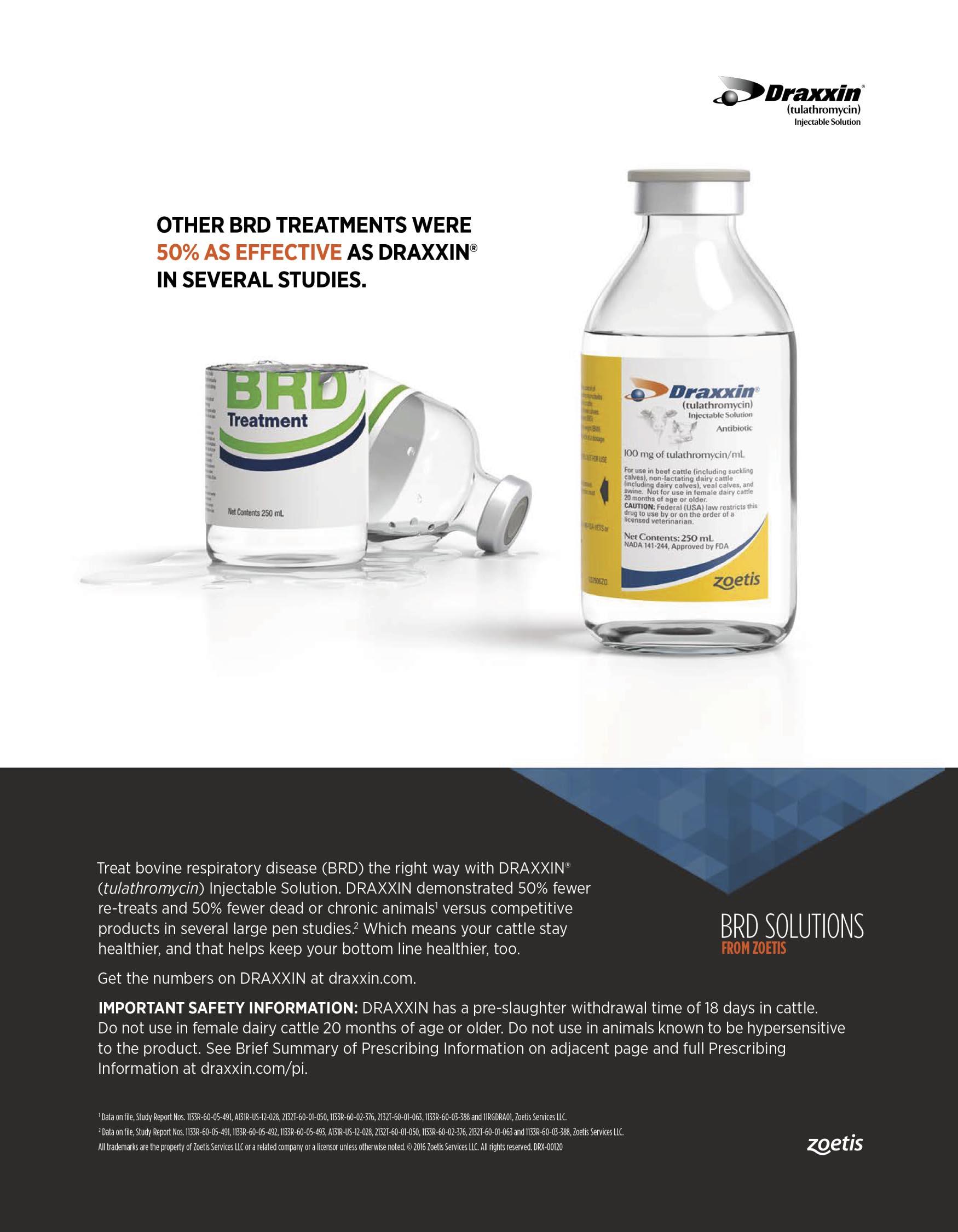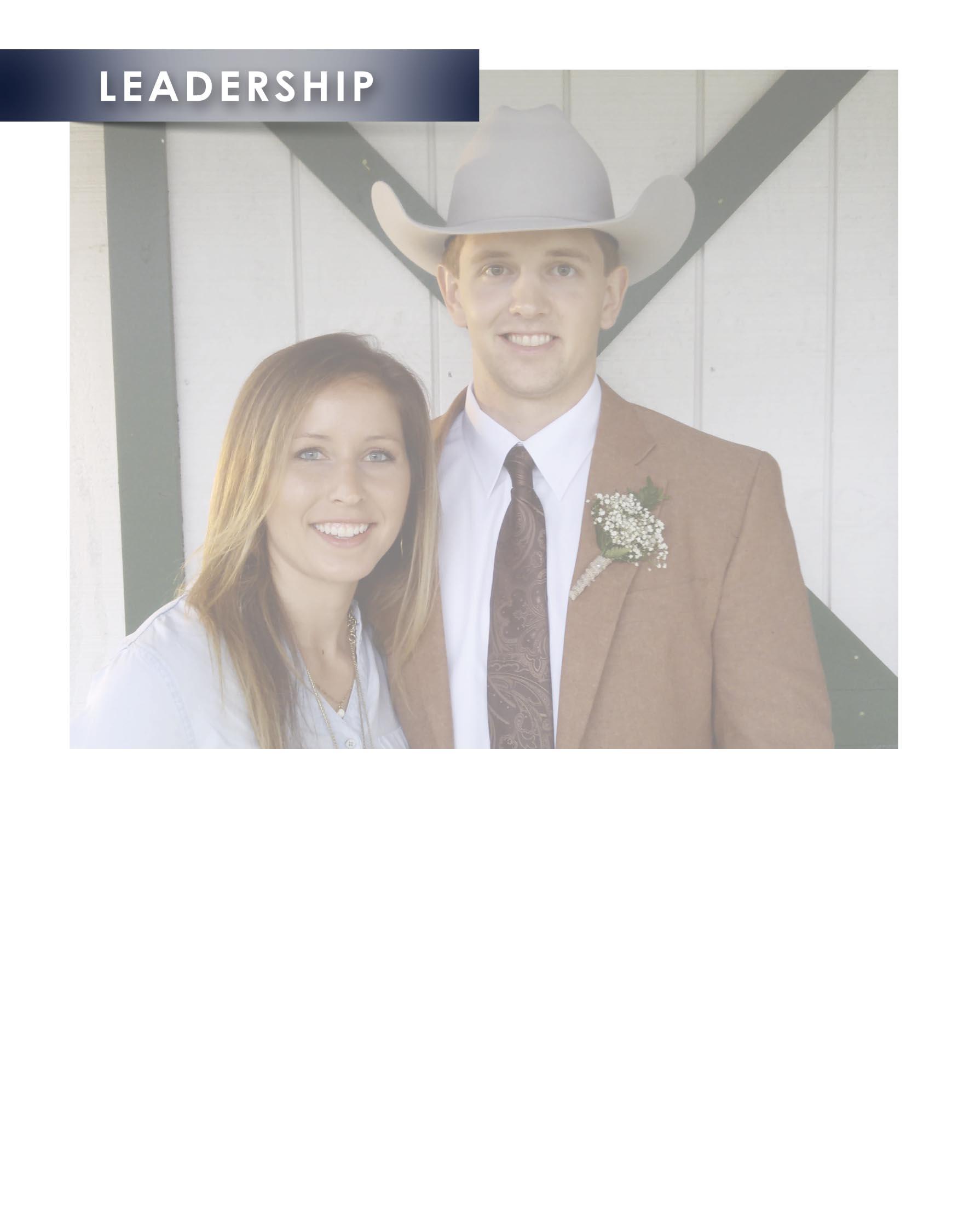
3 minute read
getting to know the PAC team
Jacob HagenmaiER
Greetings! My name is Jacob Hagenmaier, and I am incredibly humbled to introduce myself as the newest member of PAC. I officially began working with the team in late July, but my connection to the group goes back to the late 2000s when I first had the opportunity to work with Drs. Wade and Tom on a thoracic auscultation project.
Since then, numerous relationships have blossomed between me and the other PAC members, and I could not be more excited for what the future holds for the group.
Growing up on a cattle operation at the northern edge of the Flint Hills, my appreciation for the beef industry and those who work in it runs deep. My parents, Mike and Debbie, provided my three brothers and me the opportunity to be avid members in 4-H and FFA. Experiences on the ranch and through these programs strengthened my passion and desire to pursue a career in food animal agriculture. Upon graduating from Riley County High School, I enrolled at Kansas State University to pursue a degree in Animal Science. Throughout my undergraduate studies, I also worked for a good friend, mentor and fellow PAC member, Dr. Dan Thomson. I had always envisioned myself going to veterinary school but assisting Dr. Thomson’s graduate students revealed a strong passion of mine –conducting research.
It was during the fall of 2012 that I began my professional curriculum, a dual-degree DVM/PhD program at Kansas State University. Throughout the next 4.5 years, there was not a lot of residual time remaining after studying and ensuring the water pipes at my trailer house did not freeze! An internship during the summer of 2013 at a Kansas feedyard sealed my fate – the rest of my graduate research program focused on feedlot production, and that is where
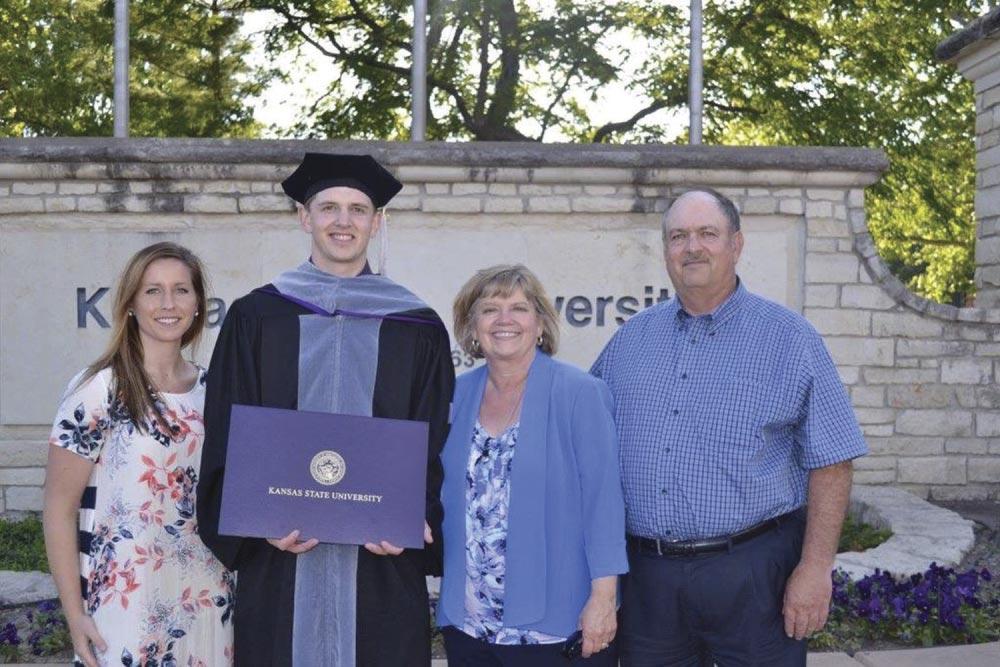
I wanted to pursue a career. Perhaps the most important part of graduate school, however, was that I met my beautiful bride, Grace, during a statistics class.
I completed my academic training in 2016 and accepted a role with Elanco Animal Health as a Technical Consultant Veterinarian for their Feedyard Business Unit. Grace and I spent almost three years in Amarillo, Texas, before deciding it was time to move home to Kansas to be closer to family and their agricultural operations. Grace and I currently live in Leonardville, Kansas, which is about 20 minutes north of Manhattan. Grace works as the Quality Assurance Manager for Continental Mills, whose brands include the mouth-watering, Red Lobster cheesy biscuits. In our free time, Grace and I enjoy attending K-State sporting events and spending time with family and friends.
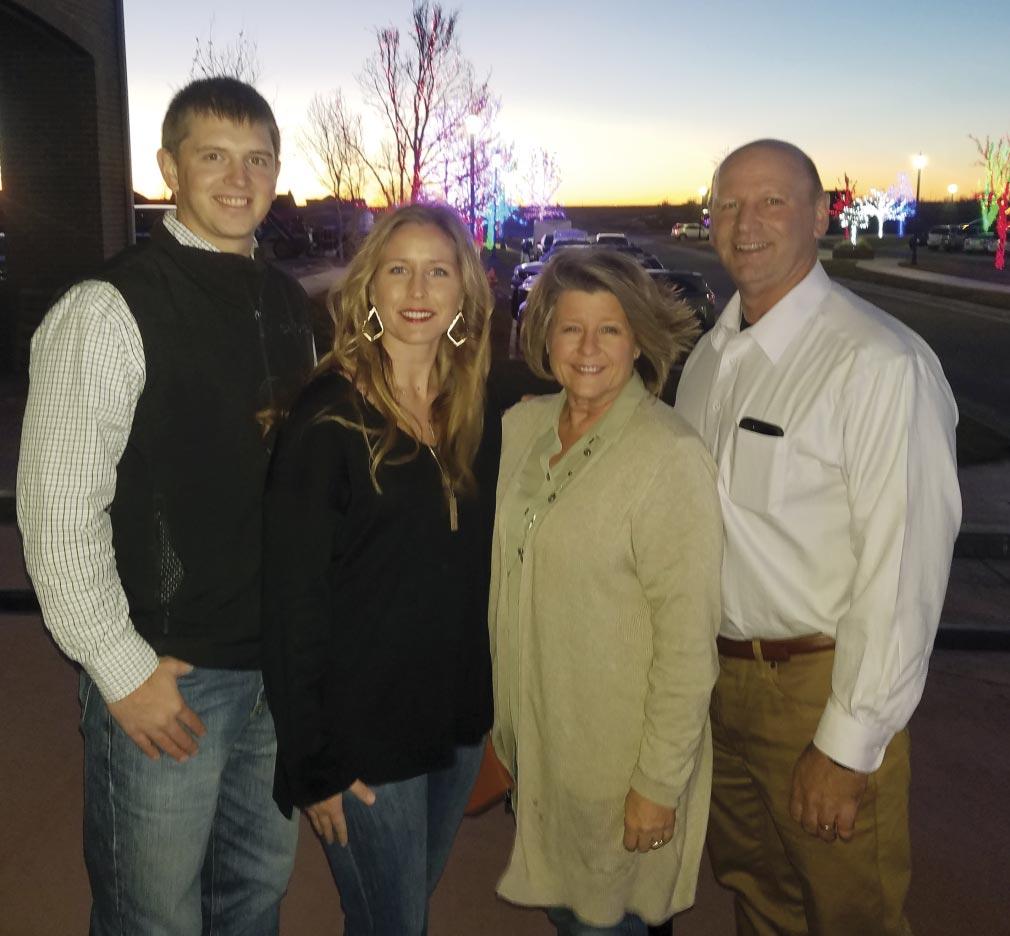
While I have met a fair number of people since joining PAC, I know there are many more I have not gotten to interact with. I look forward to the fellowship and appreciate the opportunity to work with such a great group of people!
Does low stress handling of cattle at processing improve welfare and health of cattle?
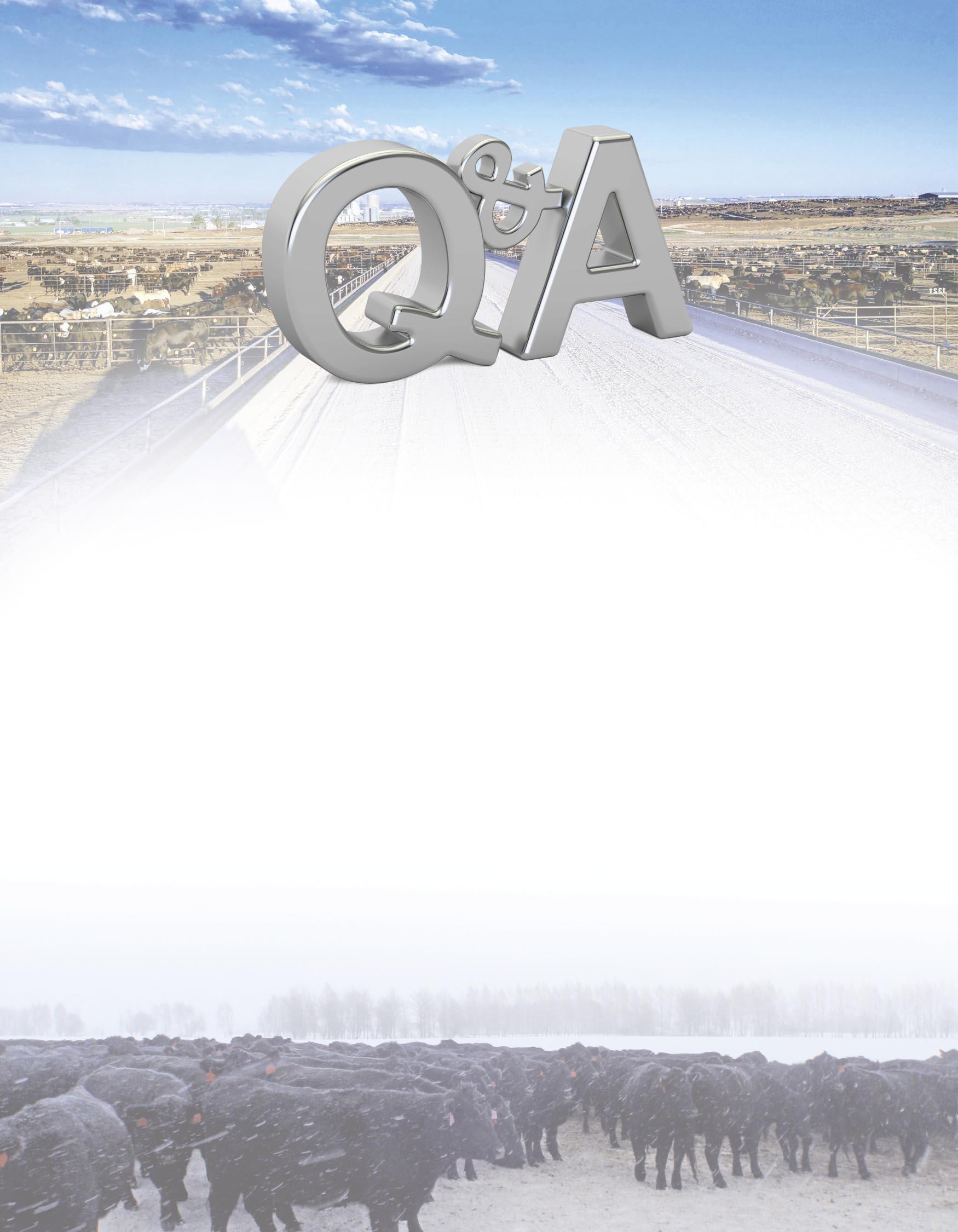
A recent publication at the American Association of Bovine Practitioners from PAC and Kansas State University researchers showed that quiet handling at processing decreased stress markers in cattle. Also, it was shown that low stress cattle handling decreased inflammatory responses in cattle. This is the first paper to look at the clinical responses in beef cattle due to low stress handling, and it is encouraging us to continue to promote something we already knew was the right thing to do.
What is a body condition score in body weight of a cow?
Beef cattle have a 9-point body condition score with a BCS 1 being an emaciated cow and a BCS 9 being an obese cow. When we are looking at nutritional status of herds, we use BCS to gauge our supplementation programs. The National Research Council recently published their new Nutrient Requirements of Beef Cattle. In this edition, a BCS is 7% of the current weight of the cow. So, a 1000pound cow would need to gain 70 pounds to go from a BCS 4 to a BCS 5. On the other hand, if your cows go from a BCS 5 to a BCS 3, they have lost 140 pounds.
Transportation of cattle is common. What are some things we should consider when moving cattle in trailers?
Cattle comfort is important. We need to board trailers up in the winter and keep air movement efficient in the summer. If you stop in the summer with a loaded trailer, make sure you find shade and park perpendicular to the wind to keep air moving through the trailer. Do not stop for long and keep rolling to keep cattle cool. Before you leave, check your trailer is functioning properly. Also, it is good to map your route to avoid storms or to avoid road construction that may stop your trailer from moving. Always avoid sudden starts and stops when transporting cattle.
